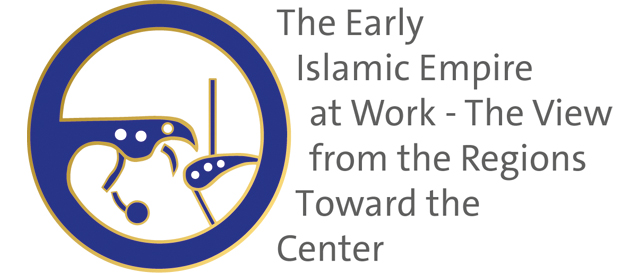Abstract Eugenio Garosi
Eugenio Garosi (University of Basel (Ancient History) and at LMU Munich (Arab Studies))
Abstract: A language of difference: ‘Imperial Arabic’ as a social identifier in the early Islamic empire (642-800)
The employment of Arabic (almost exclusively written in Arabic script) in official letters on papyrus and parchment, coins and public epigraphy represented one of the earliest, most distinctive and diffuse manifestations of Islamic imperial rule over the Near and Middle East centuries before Arabic became a lingua franca of the Mediterranean basin and beyond. Throughout the mid-VII to early VIII century, the use of Arabic for everyday short and long-term communication remained an almost exclusive prerogative of a comparatively small – if politically hegemonic – Arab-Muslim minority. By contrast, the vast majority of those inhabiting the lands of the rising Islam continued to run their daily business mostly in other idioms and experienced Arabic primarily as the high prestige language of the public promulgations of the Muslim empire. The official languages of the Byzantine and Sassanian administration and even regional vernaculars proved similarly resilient within the Islamic bureaucratic apparatus throughout the first Muslim century and beyond.
Drawing from selected documentary evidence found in the multilingual papyrus and parchment archives and dossiers from VII-VIII c. Egypt, Syria and Central Asia, this contribution delves into the role of language and rhetorical features as an identifier of social standing in the early Islamic empire. Special attention will be devoted to the analysis of the functional and symbolic interplay between Arabic and the other languages employed in the early Islamic chanceries in different regional contexts. This is achieved by analyzing the linguistic, formulaic and graphic distinctiveness of the early Islamic Arabic documentary standards vis à vis the Late Antique documentary cultures at the eve of the Islamic conquests. The paper’s focus will linger on distinctive formal features of official early Islamic
Arabic documents as rhetorical means towards a symbolic articulation of the social difference between the milieu of the trans-regional Arab-Muslim imperial elite and that of the largely not-Arabized regional elites operating as intermediate governing bodies in the early Islamic administration. In particular, the paper argues in favor of a conception of early Islamic Arabic imperial promulgations not as mere vehicles of text but rather as more complex media of display, whose intended purpose transcended, to an extent, informative communication. The final section of my talk will then focus on case studies on the rise of ‘cultural mediators’ over the course of the VIII century, in order to explore the role of the symbiotic association of Arabic with imperial authority and the prospect of social advancement in cementing the adoption of Arabic among wider strata of the population over the course of later centuries.



